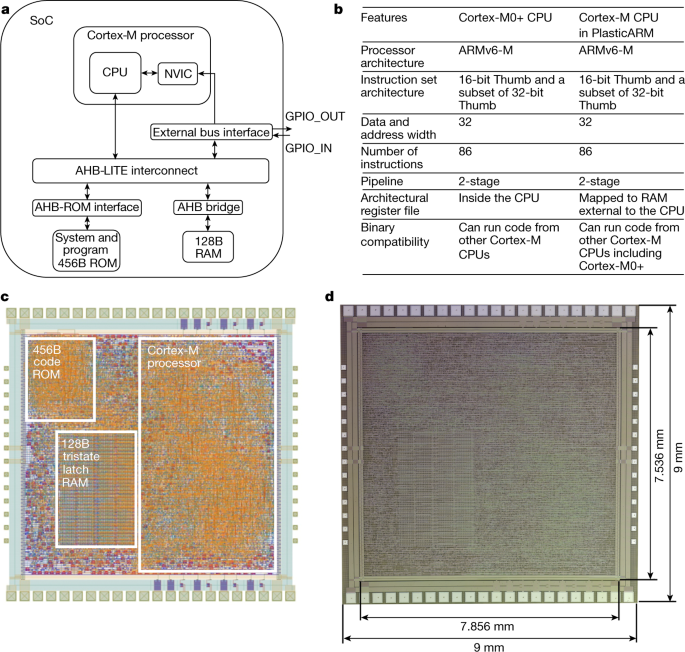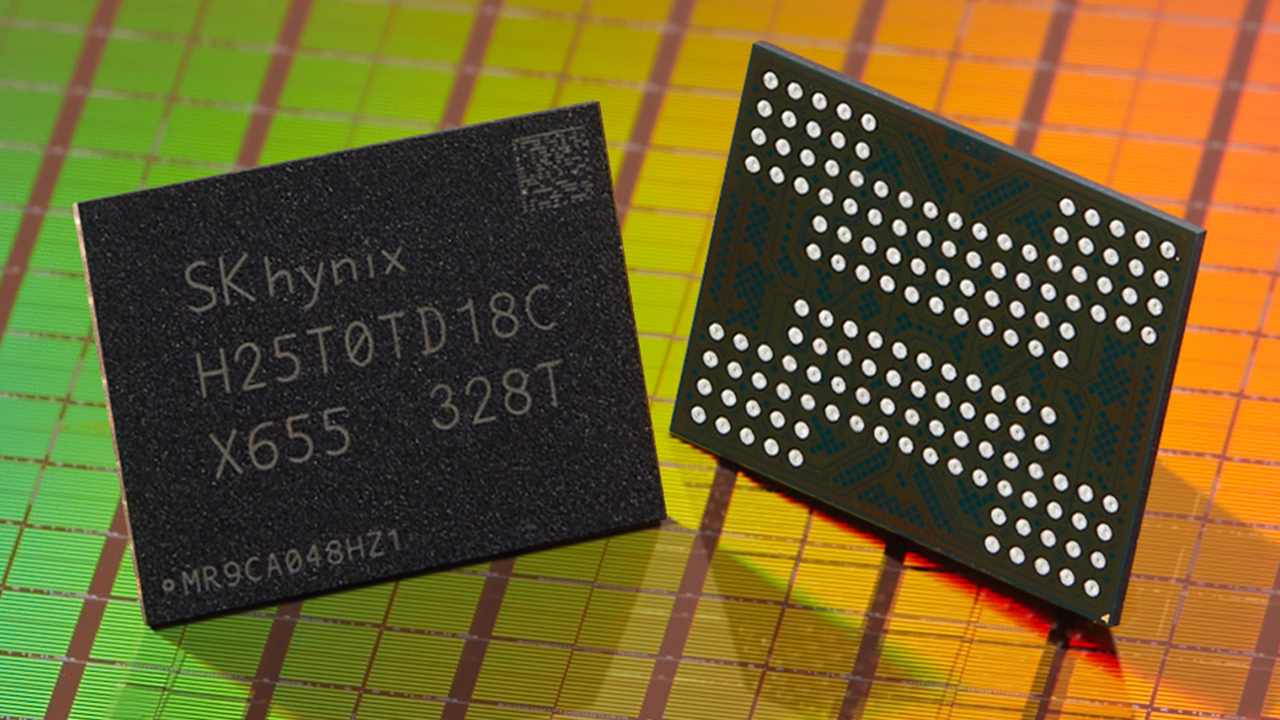That's literally a crap PC.
That's literally a crap PC.
That'd make it #2.That's literally a crap PC.
Of course not. I never do. It was just a hint to how much more crap is stuffed into devices that don't bring any useful feature to the user (others may contradict, but to me it's of no use at all to start the washing machine or the dishwasher via net, nor to get info about it on the smartphone when the thing will be ready [while the estimated time left is almost always a lie {the last minute can last for up to ten minutesSo? even if it has wifi, you're not obligated to use it. Just don't connect it to your home net. And if it refuses to work based on that - buy something else. Yeah, takes some shopping and some thinking.
I also had LAN parties. Great times. Long nights. Lots of fun.I got this case for my first gaming desktop in 2011

 businessat.co.uk
businessat.co.uk

While FR4 ain't really that eco-friendly, and there already are several other, even eco-friendly substrates to produce PCBs from (it's a question of who offers which technology, and as always the price), it ain't the main concern neither.electronics in non-silicon substrates

Yes, but the keyboard wasn't that great. Better than the ZX-81 or the ZX Spectrum, but not great. I still have my Oric-1.Great machine.
I don't think I would want to play call of duty on a track ball. But I did cut a slot for the mouse in my latest case built. So it just goes in there when the case is closed. But I do like the look and space saving of a track ball. Just not for gaming.Very nice!
That's one of the ideas I dream myself: A portable machine in a really robust, maybe even waterproof case. You don't need to worry when traveling. Besides you can have all the interfaces of a full mainboard you have lots of space for extensions, battery, and storage (multidrive raidz pools for example). And the capability to modify this modular machine. While with a commercial laptop you're almost fixed limited to what you bought.
Just as an idea: Consider to exchange the mouse by a trackball. It just takes the space it's placed on, but doesn't need no range to run in.
all you need to do is install a decent Bluetooth/wifi card on the mobo... and amaze everyone:I don't think I would want to play call of duty on a track ball. But I did cut a slot for the mouse in my latest case built. So it just goes in there when the case is closed. But I do like the look and space saving of a track ball. Just not for gaming.
Uh, no. A shooter with a trackball actually sucks.I don't think I would want to play call of duty on a track ball.
I wonder if a different kind of trackball might make it better?Uh, no. A shooter with a trackball actually sucks.
You might buy the wrong stuff?My #1 example at this point are printers.
The new models are advertised with lower energy consumption, and lower CO2 emission. While their production and transportation eat up magnitudes of what you will save in its lifetime.
You use it for two to three years. Then this bugger also starts to mither you with fantasy-error-bullshit, until after four or five years you are close to throw that annoying piece of shit out of the window. So you buy a new one. And of course - naturally - any of your cartridges left won't fit into the new one anymore. And maybe another cable is needed,... But it feels so very good to buy and have a new, smooth, errorless working device again.
Until in two or three years the shit starts all over again. While technically the device is tip-top. It could last ten, fifteen, twenty years - then saving resources, and CO2.
By now I don't know a single study estimates the price you pay with losing your peace of mind with all this mithering error BS.
But we have this in all devices today. Our car beeps, flashes, and brings the strangest error messages while everything is mechanically tip-top. Yesterday our dishwasher gave up. Five years - time to buy the new model, with WiFi, of course.
The car and the dishwasher still can be repaired. But if not I do buy new things. Of course. What else shall I do?
But I don't buy anymore from the same company (which is not the same as the brand.)
"Fool me once or twice, shame on you. Fool me three or more times, shame on me."
And I'm no fool. At least I try not to.
Our dishwasher is a Miele.Our Dishwasher (Miele)
As long as there are no battery cars batteries proven independently to have 80% nominal capacity left after 100k km with at least 800 km range nominal capacity, and there are no cars with quickly exchangeable battery packs, but fixed batteries, only, and we still get the majority of our electricity from coal and nuclear power plants, I don't fall for this pseudo-eco BS. I am too concerned about our environment to blow up our planet even faster by buying such a letter if indulgence, because industry can make much more money by fooling people into the believe battery cars would save the planet, while they just can sell more expensive cars in even shorter times emitting even more CO2. (I'm not to fancy explaining that again and again. Just learn about efficiency factors. And don't let you be fooled to look at the motor's factors. Look at the factors of batterys, chargers, transformers and current converters!)Tesla Model S
My printer is a 14 years old professional Ricoh color laser and still runs reliable without mithering me with made up BS error messages. All I had in all this years with this genuine piece of hardware have been two, or three sheets of paper jammed. That's all.printers
Industry does not design products to well outlast warranty periods. Products need to get over warranty as close as possible.Warranty claims are expensive for the manufacturer and they design things to well outlast the warranty period.
I am fully aware of that, too.They may cost a little more initially, but can be cheaper in the long run.
Olivetti had some really "weird" (actually cool) designs.OK, so the kiddies will think it a very weird look,
No. A trackball is extremely nice for desktop, office or similar applications, or turn-based games, since you don't need to move them on the table, but they stay where they are, and it doesn't matter where they are placed.I wonder if a different kind of trackball might make it better?
Barely lift it? wow. I remember seeing one of those in my early teen years at my middle school, and I never thought of it as particularly heavy. I was once horsing around the room with some classmates, and nearly knocked it off the table. Managed to catch it before it fell, and I put it back in its spot. But it did not feel particularly heavy, not that I remember... Could have been an empty case, or maybe I was one of the stronger kids in school... Considering that this happened in mid-1990s, my memory is rather fuzzy on specifics. It's just that seeing the photo jogged my memory - yeah, it was a Compaq ProLiant server that I nearly knocked off the table back then.i actually had one of this when it wasn't totally obsolete
disk spininng up sounded like a fighter jet
the ciss driver (or one of its ancestors panic-ed) so i hacked it to boot
it had pentium pro and eisa buss
the ciss was an eisa card
it also had some token ring eisa card which i kicked out
View attachment 24068
"Built-in chicken chamber". That is indeed absurd in a computer.Ok, I think I can throw this glove down. Try to find something more... absurd?
I worked in a corporate research lab, probably the biggest one in storage systems research. One of our prototypes was a RAID system, which used a custom-built controller. To mount the many disk drives, we used hanging file folders, with one disk drive in each folder, and those folders then hanging in a milk crate. It turns out that in the US milk crates (made out of plastic to hold bottles of milk for delivery) are exactly the correct size to also hold paper file folders.Okay, under "Weird-looking" I dare to throw something really weird looking into the pool.
I took advantage of that, and happily took a few of those milk crates home when a local grocery store stopped using them! That happened about 20 years ago, but those crates are still in use around my place!It turns out that in the US milk crates (made out of plastic to hold bottles of milk for delivery) are exactly the correct size to also hold paper file folders.

That link also mentions using vegetable oil for cooling!"...the fans themselves do not actually circulate the oil very much. We leave them running just because they were fun to look at..."

Mineral Oil Cooled PC
History of Puget Systems mineral oil aquarium PC project from our earliest prototypes up through the do-it-yourself kits we offered for sale.www.pugetsystems.com
I guess greasy.Wonder what GPU tempura tastes like!
